A brief history of Middleburgh
Nestled in the heart of the Schoharie Valley, on the shores of the Schoharie Creek, Middleburgh rose from humble beginnings to become a thriving village community
1712
Village Beginnings
Johan Conrad Weiser established the first Palatine settlement in the Schoharie Valley in what is now the Village of Middleburgh. The generally accepted time that this happened is the fall of 1712. Weiser’s Dorf, as the settlement became known, began with about forty log and mud huts running along Schoolhouse Creek from today’s high school to a point opposite Memorial Park. The Palatines knew the creek as “ketch” meaning chalice or cup. Up until the Revolution the houses and outbuildings were improved from their humble beginnings.
Mid 1700s
Middlefort and the American Revolution
In 1732, the first Dutch Reformed church was constructed. By 1760 there were several local tradesmen although a trip to Albany or Schenectady was required for certain items. School was held either in a crude log schoolhouse or a barn with lessons taught in German, Dutch and later, English.
By the time of the American Revolution the valley was producing eighty thousand bushels of grain making it known as the “Bread Basket of the Revolution”. In 1777 the Middle Fort was constructed about three quarters of a mile north of the village. The Johnson-Brant raid on October 17, 1780 destroyed the village, including the church, as its residents took refuge in the fort. Johnson’s report described the village as houses on one side of the creek and orchards and fields on the other.
One of the few structures in the valley that survived the raid in the valley was the Zelie or stone house. The primary structure was heavy stone walls. The wooden parts were replaced after the war. It would serve as residence, Town Hall, and Jail until 1883 when it was torn down to make way for the Union Free School. It was located approximately where the High School Auditorium is today.
Late 1700s
'Hudson' and 'Hardscrabble'
After the revolution a new Dutch Reformed Church, which still stands today, was constructed nearer to the Middle Fort. The reconstructed village grew up around it as it was also near a ford to cross the Schoharie Creek. This area was the business district during the early 1800’s. Michael Borst would construct a hotel and his residence, built in 1790, would later be used as the Reformed Church house. There was a nail factory, bakery, and general Merchandise business in this area. A school was located across the present Middle Fort Road from the Reformed Church. Several buildings from this period are still there today. H.D. Wells in his recollections recalled that the people living in this area referred to it as “Hudson” for a reason that nobody seemed to know.
Between 1790 and 1810, a group of New England Yankees moved into the area of Upper Main Street today. This area was referred to as “Hardscrabble” as opposed to “Hudson”. One of the most prominent of these men was Jonathan Danforth who was one of the partners that built the Loonenburgh Turnpike, today Route 145 from Athens to Canajoharie. It was along this road that cattle were driven from western New York to New York City. One of the stops on the way was the Bull’s Head Inn, which had facilities for both man and beast. A blacksmith’s shop, a wool carding and cloth mill, lawyer’s offices, a blacksmith and general stores were also in the hardscrabble area. A school which is still there was located at the present corner of Main Street and Huntersland Road.
Early 1800s
Hotels Spring Up around 'The Dock'
In 1813 a covered toll bridge was built to replace an older bridge in the general area where today’s bridge is. Twelve years later, the Freemyer House was constructed which was the largest hotel in Middleburgh. It is better known later as the Hotel Baker after later owners in the 1890’s. This was where the current Middleburgh Public Library is today. The area from the Freemyer House to the Tollhouse of the bridge became full of stores and businesses. Some of the buildings are still there today making it the oldest part of the current village business district. On the other side of the bridge entrance where there is a park today were 3 or 4 other business buildings. This area was known as “the Dock” because it looked like one. Across the street from the Dock was the Atchinson House or White House Hotel, which was slightly smaller than the Freemyer House. On the same side of the street, a Lutheran Church was built in 1825. A large fire destroyed the Church along with several buildings on the area between Sheldon Avenue and Main Street on April 1, 1855.
Victorian Period
M&S Railroad Builds a Bustling Main Street
During the latter half of the business district of the Village of Middleburgh took on the appearance that is recognizable today. With the beginning of the M&S Railroad in 1866, businesses sprung up around the railroad yard and down Railroad Avenue. By 1870 The Lutheran Church had been rebuilt. In 1881 the Village of Middleburgh was incorporated. The First National Bank, today the Village Hall, and Union Free High School were built during the 1880’s indicating development on that side of the street during this period.
In 1886 the most devastating fire in Middleburgh’s history occurred. Several business and residences are burned on Main Street and Railroad Avenue. The village recovered quickly and with the completion of the Watson Block(1897) and Bauer Block(1901) most of the modern Business District was complete. By the Bicentennial of the first settlement in 1912, the Village was a bustling place. Two passenger trains and one freight train left each day. Business included were four hotels, four millinery stores, three livery stables, five blacksmith’s shops, three general stores, two ice cream parlors, two bakeries, two hardware stores, three drug stores, two furniture stores, two jewelry stores, a funeral parlor, a bank, and several saloons. Professional people were five lawyers, five doctors, four barbers, and a dentist. Two locally owned utilities, M&S Power and Light and The Middleburgh Telephone Company served the vicinity. Shortly after the dirt streets of the village were paved.
1900s
Change in the Twentieth Century
As the United States increasingly shifted from a rural agrarian nation to the modern urban/suburban society, Middleburgh like most upstate New York towns and villages felt the effects. Also changes in technology were forcing changes to Main Street itself. The 1920’s and 30’s were a period on intensive road building of the highways leading in and out of Middleburgh for the new automobiles. The buildings of “the Dock” were torn down and replaced by a gas station during the 1920’s. The old White House Hotel was razed and replaced by the Middleburgh Garage at about the same time. The Middleburgh Garage sold both automobiles and gas. It also housed a movie theater, which showed the first talking pictures in Schoharie County. In 1929 it was destroyed by fire and replaced by a restaurant and gas station. The Valley Theater was constructed in 1938. The railroad went out of business in 1936, partly due to competition with the new trucking industry. The Hotel Baker was destroyed by fire in February 1942. That site would also become a gas station. Middleburgh Central School was built in 1933 and a new Post Office opened in 1940. A new Bank and Grand Union Supermarket replaced the Lutheran Parsonage and Roland Bouck residences in 1962. With the local economy moving away from the traditional agriculture, many of the businesses that supported the local farming community disappeared. During the 1970’s and 1980’s malls and chain stores dealt a severe blow to what remained of the traditional Main Street Business District.
2000 and Beyond
A Strong and Resilent Village for the Future
In the mid 1990’s, serious efforts were begun to revitalize downtown Middleburgh. A new public Library was constructed on the site of the old Hotel Baker. The Depression era River Street wall was reconstructed with Victorian lighting installed along the Schoharie Creek, the old Dock area and across the bridge. The Bridge itself has been rehabilitated with attractive side railings. The devastating flood of 2011 following Hurricane Irene was a heartbreaking set back, but the community of Middleburgh is strong and they vowed to build back even better.
Now there are parks and gardens built along Baker Avenue, an Art Park and artist’s murals throughout the village, and the old M&S Depot has been revitalized. Grant and loan programs have been used to rehabilitate building facades, create and improve apartments, and encourage and enable small businesses to use the old store fronts. The future for the village of Middleburgh is bright!


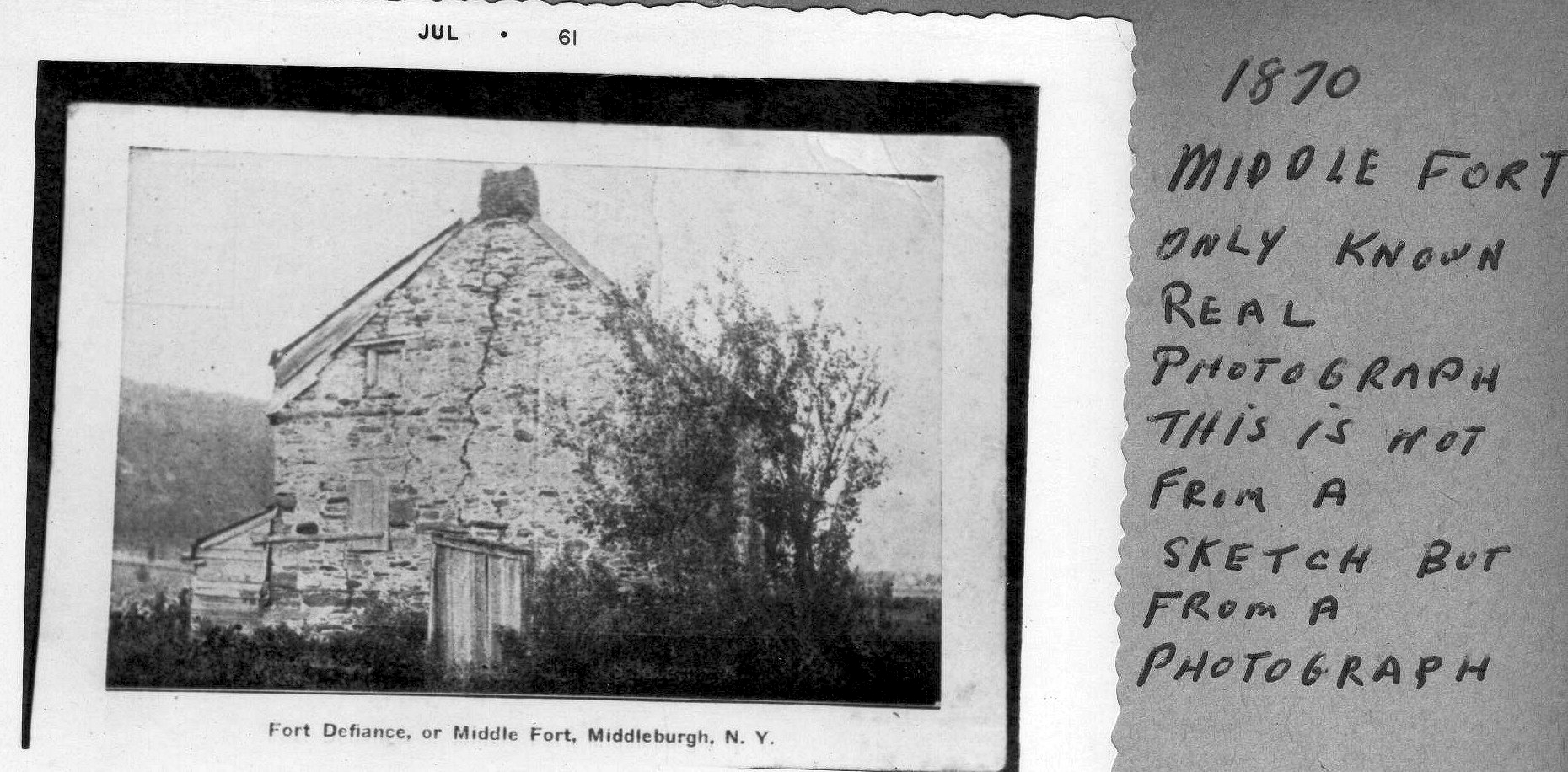
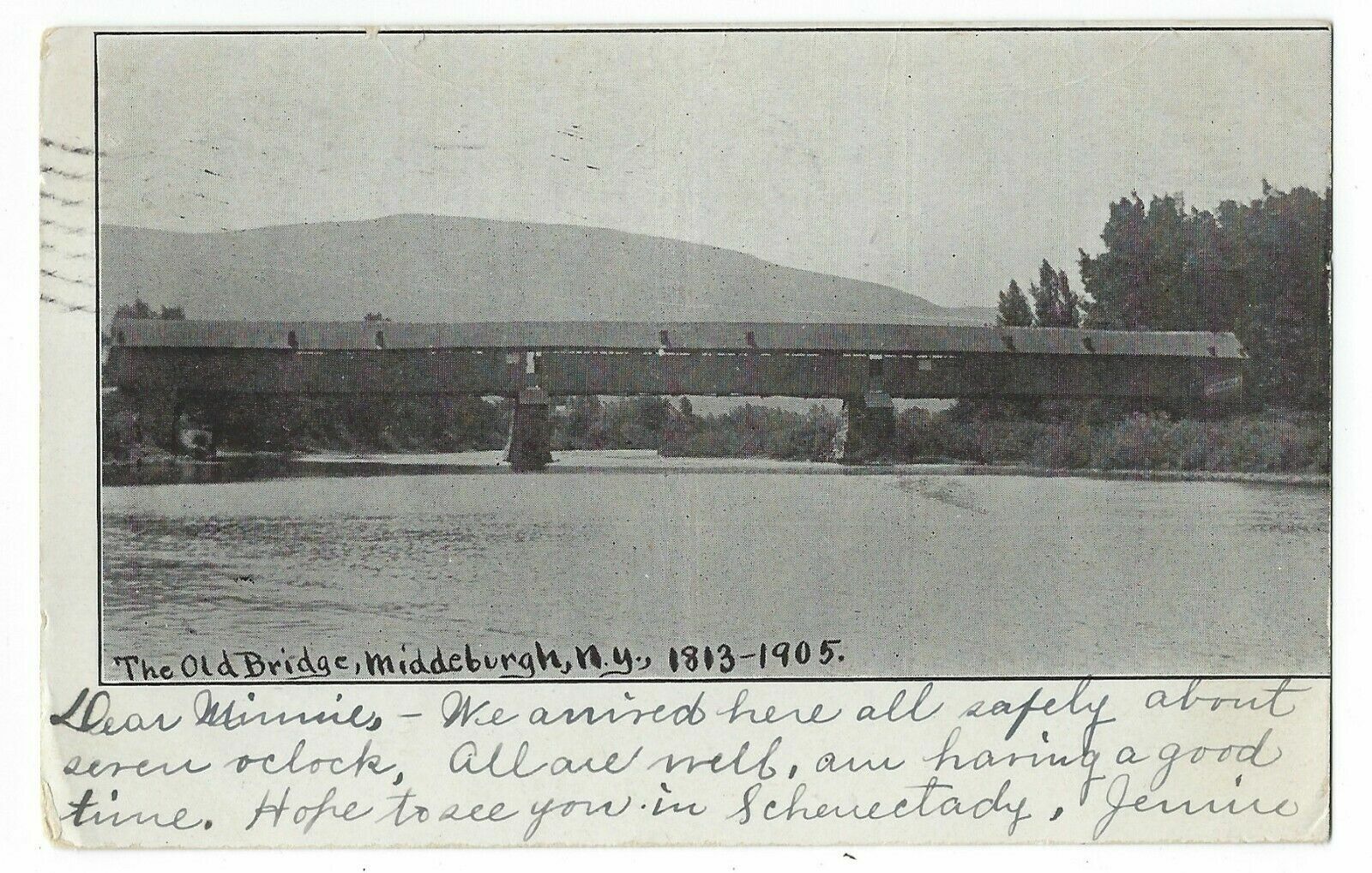


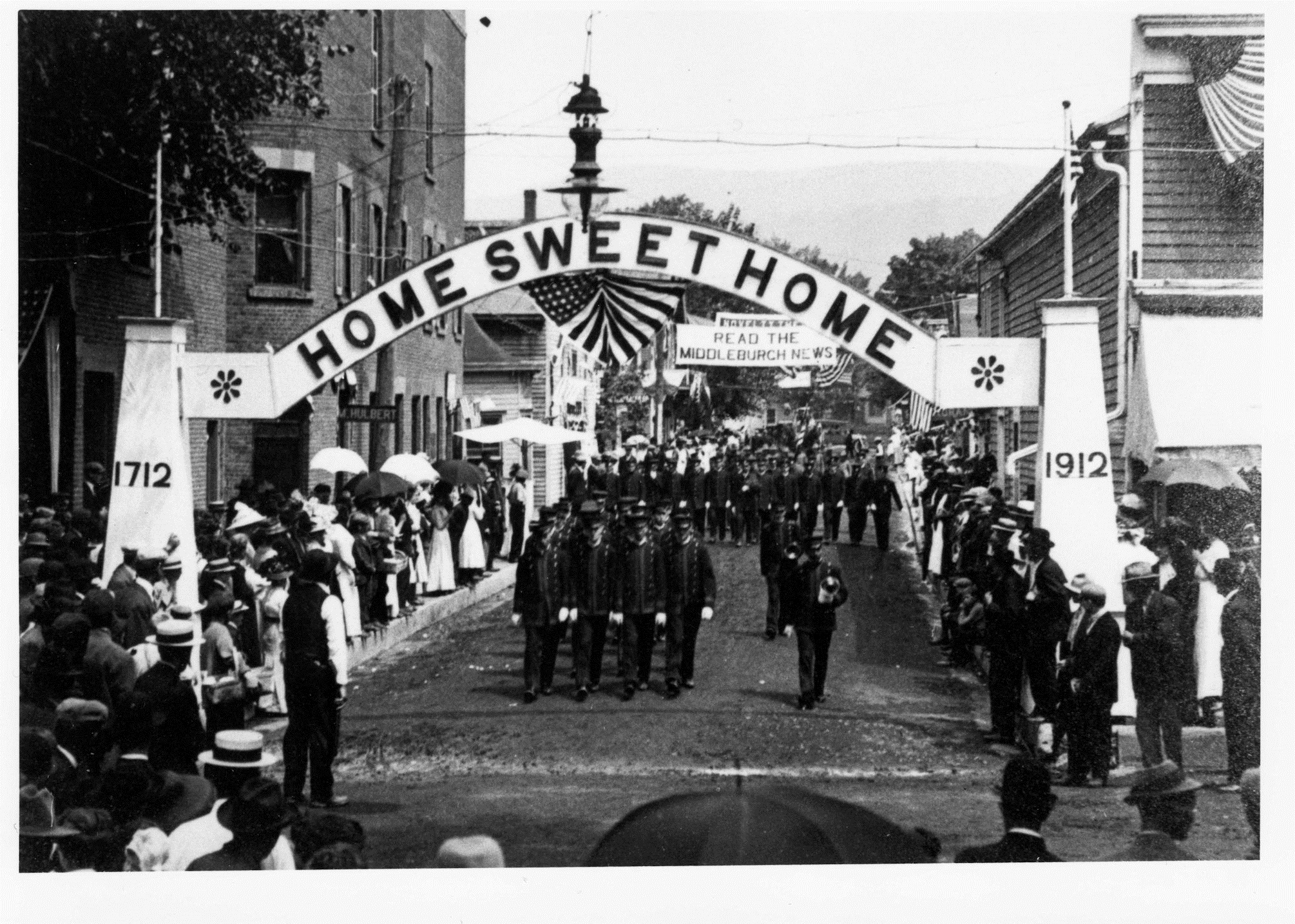
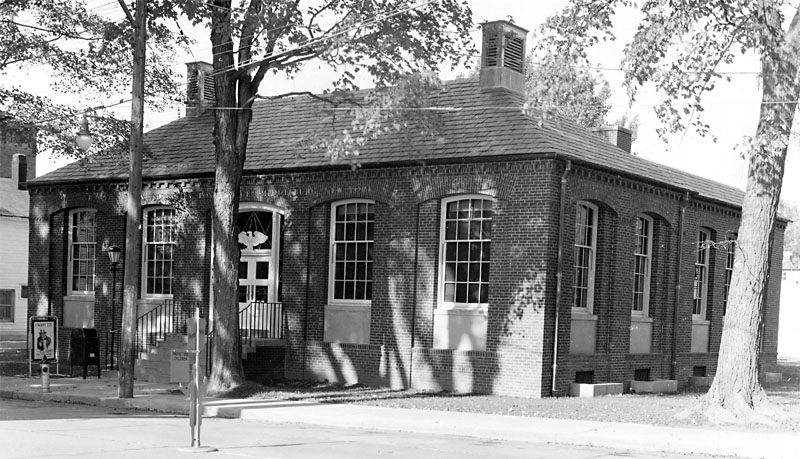
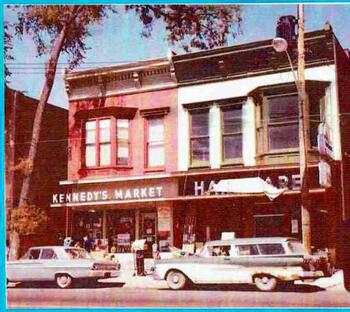

Opening Hours
Village Hall is open
Monday – Friday
9:00 am – 3:00 pm
